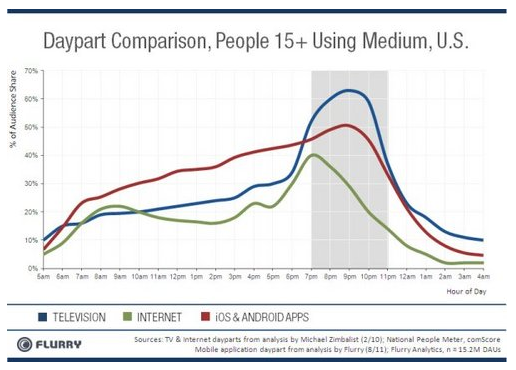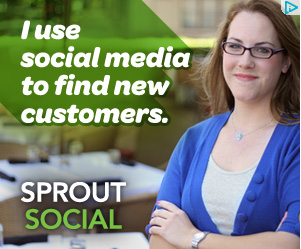Active or passive? Don't forget the "Social" in Social Media!
The last two weeks I have been on the road in Germany, Austria and Italy, and it was great being in the offline world. Speaking engagements and panel moderations with real people, virtuals aside most of the time. Sometimes I went online in the breaks but did not know what to post or what value I could share with my social graph. Sometimes as there just was nothing exciting. Sometimes as time did not allow it. And to be honest, I did not even have the creative spirit between webinars and seminars for my quality standards. Productivity had to come to a rest.
I just preferred being quiet. And guess what: It does not hurt! Probably nobody missed me. My messages. My input. My sharing.
Often I just reacted. Saying “Happy One!” to my friends or business partners. Giving quick feedback on questions I was not even personally addressed. People liked it though. And I realized how great it is to work with teams that appreciate the ideas and thoughts you give just them without sharing every joke or funny story straight away. I found that approach of doing conversation and being productive quite “social” last week.
Stimulation instead of penetration.
At some stage I wanted to participate and be more active in the conversations with my social graph again. So I checked Twitter what’s up. In the first five tweets I found the video below which was a perfect kick-off for the training I had the pleasure to do. A big insurance company had offered me the chance to train their coaches and internal personal (executive) consultants on Social Media strategy.
I started off with the video below and I can assure you: We came back to the message of the video, the tactical ingredients and the strategy topics at least 25 times in two days. And I told them again and again… “Don’t forget the “Social” in Social Media! Let’s be honest: How often do we forget it?



 With over 350 million active mobile users across 475 wireless operators worldwide on Facebook’s mobile sites, marketers wonder which tactics they should be using to generate higher engagement levels. But also Facebook’s new iPad app and their mobile site shows that also Facebook knows about the value mobile offers to their business.
With over 350 million active mobile users across 475 wireless operators worldwide on Facebook’s mobile sites, marketers wonder which tactics they should be using to generate higher engagement levels. But also Facebook’s new iPad app and their mobile site shows that also Facebook knows about the value mobile offers to their business.

 Is this a good sign for the acceptance of social media in the business world? The use of Twitter as a business and marketing tool has increased from 31% to 61% among Europe’s top business leaders, finds a recent study by CNBC.
Is this a good sign for the acceptance of social media in the business world? The use of Twitter as a business and marketing tool has increased from 31% to 61% among Europe’s top business leaders, finds a recent study by CNBC.


